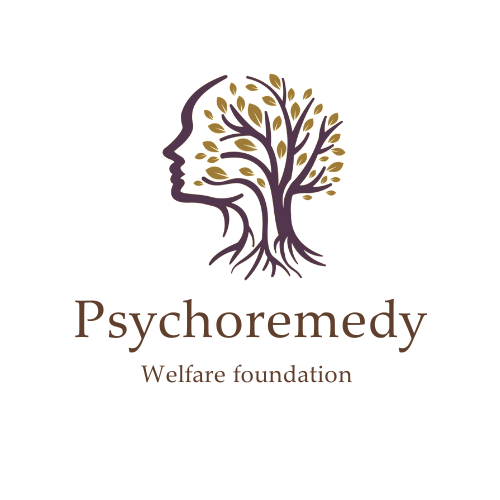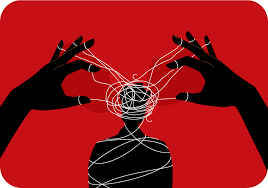Title: How Psychoanalysis Heals the Mind: Uncovering the Roots of Emotional Distress
Author name: Farhat Abbas
Introduction:
Psychoanalysis, which was established by Sigmund Freud in the late 19th century, is one of the deepest and longest-lasting methods of understanding the human mind. It is perceived by many to be an archaic form of therapy, but contemporary psychoanalysis has developed and continues to provide profound, long-lasting healing through uncovering unconscious causes of emotional distress.
In contrast to symptom-focused fix-it therapies, psychoanalysis gets at the why. Why are we anxious for no reason? Why do we keep repeating hurtful relationship patterns? Why do early childhood experiences resurface in adulthood? By getting to the answer, psychoanalysis provides a method for real psychological change.
What Is Psychoanalysis?
Psychoanalysis is an in-depth talking therapy that relies on the concept that unconscious memories, thoughts, and feelings—particularly from childhood—are responsible for our existing behavior, emotions, and relationships. These unconscious factors lead to inner distress, anxiety, depression, or self-destruction.
The psychoanalyst guides the patient to examine these unconscious dynamics through:
Free association: speaking whatever occurs to one
Dream interpretation : revealing the symbolic significance of dreams
Exploration of relationship in the past: with parents and caregivers
Transference : recognizing feelings transferred onto the therapist
Fostering self-awareness, insight, and emotional resolution
How Does Psychoanalysis Cure?
1. Unveiling the Unconscious
A great deal of our emotional pain has unconscious roots. To take an instance, a person might have panic attacks that are brought on by figures in authority but without any idea why. Psychoanalysis serves to reveal the submerged experiences—maybe an abusive parent or traumatic experience—that drive such responses. Once one makes them conscious, the emotional energy starts dissipating.
2. Shattering Self-Repeating Mechanisms
Most individuals unconsciously perpetuate self-destructive relationship or work patterns—settling for toxic partners, self-destructive success, or shunning intimacy. Psychoanalysis makes these patterns conscious, so that the patient can realize why they exist and deliberately adopt healthier habits.
3. Emotional Catharsis and Healing
Speaking about deeply suppressed memories, emotions, or fears can be immensely therapeutic. This is called catharsis, which enables release of old emotional pain, resulting in relief and clarity.
4. Ego Strengthening
By developing self-knowledge, psychoanalysis enhances the ego—the logical, decision-making aspect of the mind. A fortified ego contributes to improved emotional control, stability, and capacity for dealing with the intricacies of life.
5. Long-Term Change
Whereas short-term therapies might treat only symptoms on the surface, psychoanalysis seeks profound, lasting change. It can take longer, but the outcomes tend to be more lasting as they are based on genuine understanding and emotional development.
Who Can Benefit from Psychoanalysis?
Psychoanalysis can be particularly beneficial for individuals coping with:
Chronic depression or anxiety
Relationship problems
Trauma or complicated bereavement
Personality disorders
Identity confusion
Creative or performance blocks
Childhood abuse or neglect
It is appropriate for people interested in themselves and wanting to take a thoughtful, intensive path to healing.
Modern Advances in Psychoanalysis
Contemporary psychoanalysis is not exclusively “Freudian.” It encompasses numerous branches, including:
Object Relations Theory
Attachment-Based Psychoanalysis
Self Psychology
Relational Psychoanalysis
These new developments bring with them new advances in neuroscience, developmental psychology, and trauma studies, making psychoanalysis more adaptable, empathetic, and applicable than ever before.
Conclusion
In a world of speed and quick fixes, psychoanalysis provides something different: a gradual, respectful exploration into the inner workings of the human mind. It does not merely cure symptoms—it cures the entire individual by solving the hidden personality conflicts.


